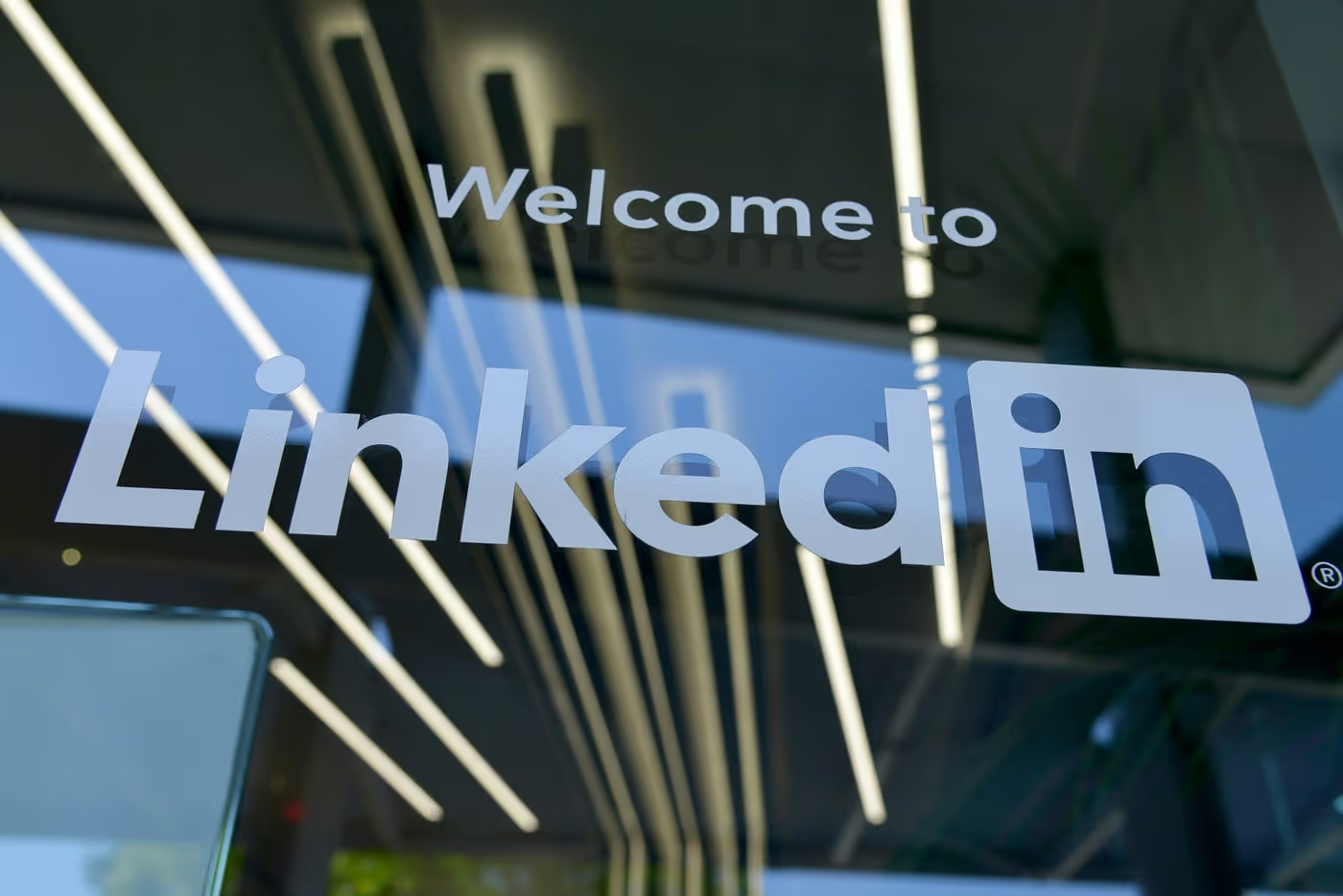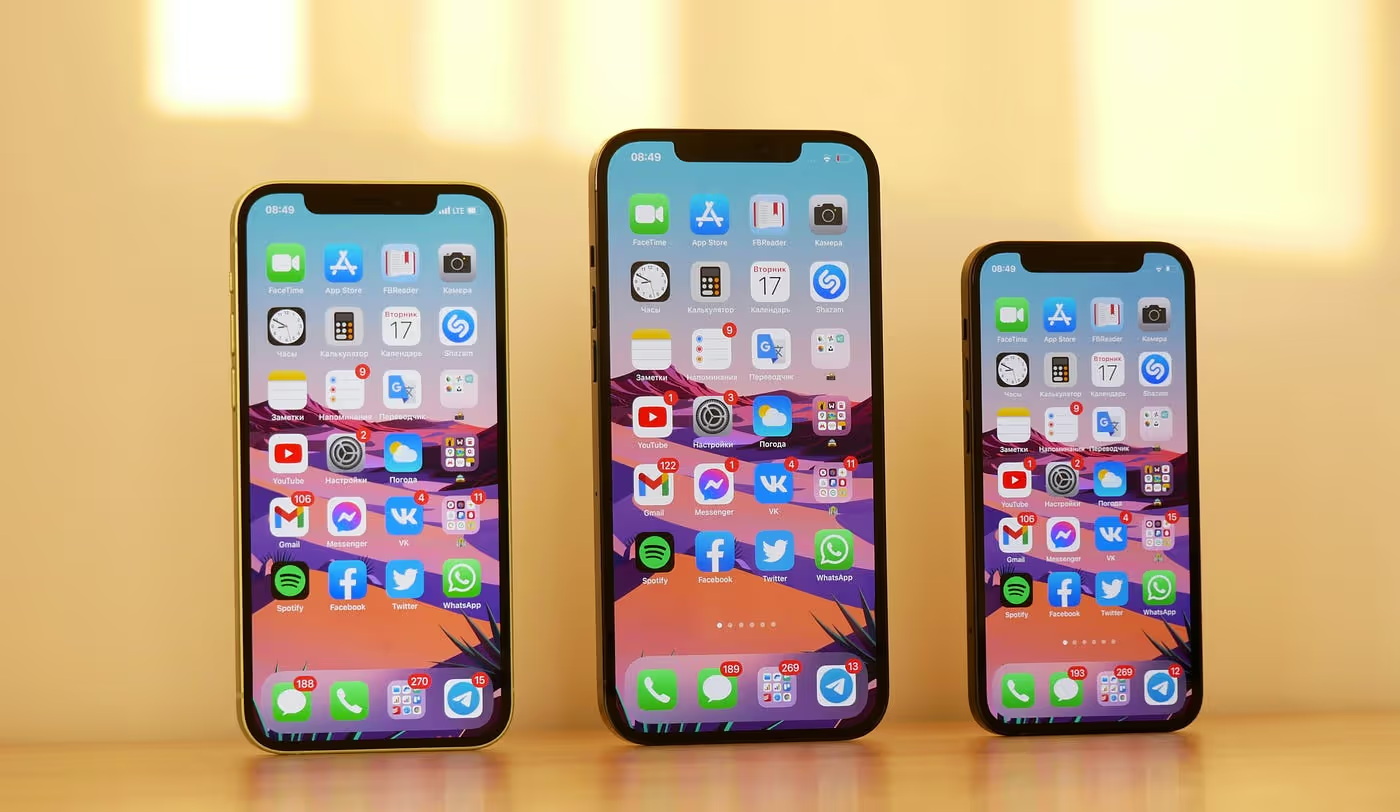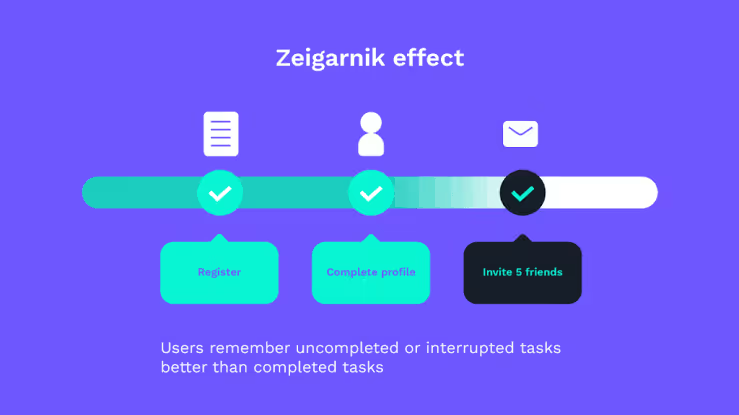Nike’s $25 Billion Loss:
Nike’s pivot to a data-driven strategy resulted in a significant financial loss, with a $25 billion decrease in market cap.
Shift to Digital Direct-to-Consumer Sales:
On McKinsey’s advice, Nike’s CEO John Donahue reoriented the company towards digital sales, abandoning the previous category-based model.
Focus on Measurable Data:
The new strategy favoured easily measurable data over qualitative insights, leading to decisions based on incomplete information.
Elimination of Product Categories:
Nike eliminated individual product categories, which had experts capable of enriching data with qualitative insights, leading to a one-size-fits-all approach.
Misguided Marketing and Product Strategies:
The data-driven approach resulted in strategies that catered to existing customers rather than attracting new ones, causing a disconnect with the broader market.
Stock Price Decline:
Nike’s stock price dropped by 32% as a result of the failed strategy.
Inadequate Response to Market Needs:
Nike’s approach led to a misalignment between their products and market demands, resulting in unsold inventory and customer dissatisfaction.
Broader Lesson for Businesses:
The incident serves as a cautionary tale for businesses, emphasizing the need to balance quantitative data with qualitative insights to make well-rounded decisions.
Have you ever spent all day thinking about not losing your streak on Duolingo or Snapchat?

In psychology, the Zeigarnik effect, named after Lithuanian-Soviet psychologist Bluma Zeigarnik, occurs when an activity that has been interrupted may be more readily recalled.
It states that people remember unfinished or interrupted tasks better than completed tasks.

The Zeigarnik Effect is a psychological phenomenon where people remember uncompleted or interrupted tasks better than completed ones. This concept is incredibly powerful in the realm of UX design, encouraging user engagement and retention.
Some of your favorite apps and websites uses Zeigarnik effect to keep you coming back for more like Snapchat, Netflix, Duolingo and the likes
Snapchat

Snapchat has masterfully integrated the Zeigarnik Effect through its streak feature. By creating a streak, users are motivated to send snaps to their friends daily to keep the streak alive.
The incomplete task of maintaining the streak keeps users returning to the app, fostering habitual usage and increased engagement.
Duolingo

Duolingo, the popular language-learning app, also uses streaks to encourage daily practice.
Each day users complete a lesson, their streak continues, compelling them to return daily to avoid breaking the streak. This uncompleted task of learning a new language keeps users motivated and committed to their language goals.

LinkedIn integrates the Zeigarnik effect by promoting users to complete their profiles by showing a progress bar and highlighting the benefits of a complete profile. The incomplete profile acts as a constant reminder, driving users to finish their profiles for better visibility and professional opportunities.
Netflix

Netflix uses the Zeigarnik Effect with its “Continue Watching” feature. By reminding users of partially watched shows or movies, Netflix draws them back to finish what they started, ensuring continuous engagement with the platform.
Other habit-tracking apps

Habit-Tracking Apps also use this Zeigarnik Effect by showing users their progress towards building a habit. The visible record of uncompleted tasks encourages users to return and complete their daily activities, reinforcing positive habits.
The Zeigarnik Effect is a powerful tool in UX design, effectively driving user engagement and retention.

By strategically incorporating incomplete tasks, apps like Snapchat, Duolingo, LinkedIn, and Netflix have been able to keep their users coming back, enhancing the overall user experience.
Understanding and utilizing psychological principles like the Zeigarnik Effect can significantly improve the design and functionality of digital products, making them more engaging and user-friendly.
.svg)


